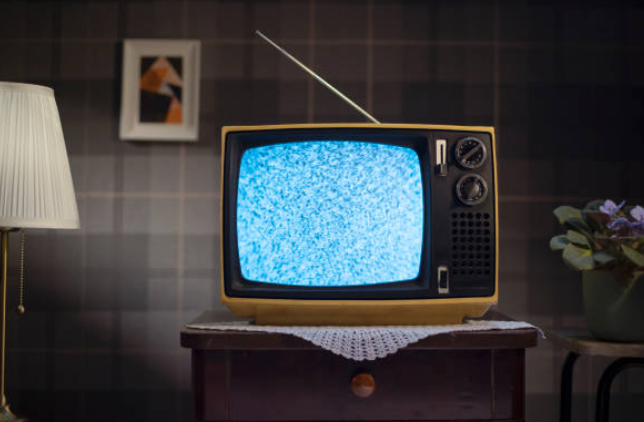In contemporary culture, there are many subgenres and niches available for consumption online. Information now being so readily available has produced a new wave of awareness for young people. Concepts that were once reserved for strictly academic contexts now run rampant on Reddit. There is more sharing, a larger dispensary of knowledge that increases the probability of resonating with a particular audience. Mental health awareness has not been impervious to such transitions. Therapists on TikTok with content captioned, “Does this sound like you?” Pinterest-ridden Instagram collages that base personality type off of astrological signs. There is a humor that is catered to Gen Z, one that banters about prescription dosages and nihilistic apprehensions. It’s a slogan on a bumper sticker. I don’t want to be perceived, don’t talk to me until I’ve had my Zoloft, mentally ill girl starter pack: diet coke, Lolita, and a surplus of Sonny Angels. Film and television have maintained their influence, helping shape how consumers identify with potential mental conditions. In many ways, mental health is more prioritized than it’s ever been. There is nothing shameful about identifying with an aestheticized symbol of a mental condition, or identifying with a character who has such, and it is celebratory that these symbols have come to exist at all. However, with all of the new garish ways to align with a diagnosis, it may permit a distortedly glamorous and potentially fallacious narrative to take shape.
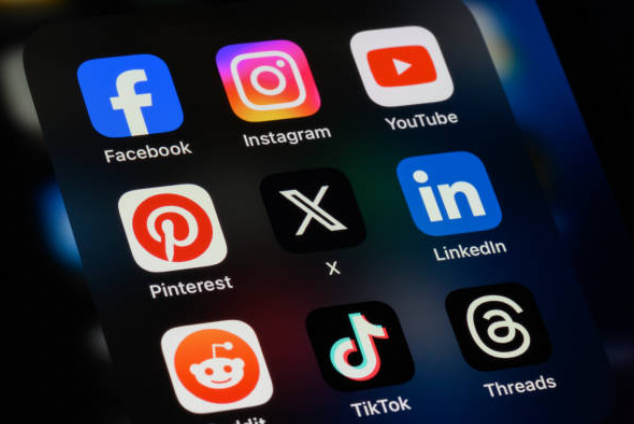
Symptoms are a popular pastime for chronically curious users. If the TikTok therapist’s diagnosis does, in fact, sound like you, you’re encouraged to explore this new part of yourself. You’re encouraged to investigate in the pursuit of self-reflection. The next steps are simple enough. Laundering through the list of which symptoms the user believes they have, considering how many is too many, and perhaps eventually, self-diagnosing. A self-diagnosis, emboldened by the internet’s credentials, may lead to unnecessary stress and an erroneous diagnosis. This may delay identifying the correct condition and therefore, delay receiving helpful treatment. Knowingly or not, processed information has the ability to sway perception. A Science Direct study found that even a five-minute, one-time exposure to methodically inaccurate information has the ability to change an individual’s behavior on an unconscious level. When new data is presented, no matter how objectively false, the human brain processes it all the same. If the audience does not have the conscious capability to recognize mistaken details such as a false diagnosis, it may set up camp in their subconscious mind, where it will remain until further examination arrives — if it arrives at all.
One of the most effective ways to enter into the discussion on social media is through television and film. Throughout the last decade, TV has seen more stories that center around mental health, such as 13 Reasons Why (2017), or Euphoria (2019). It is extremely important that such stories are being told, and yet they may contribute to the glamorization of mental health conditions. Characters in popular media, such as the Joker, Amy Dunne from Gone Girl, Patrick Bateman in American Psycho, or Lisa Rowe from Girl, Interrupted are dripping with this misunderstood impenetrable mystique. This aestheticized, romantic version of mental health conditions has pervaded social media. Searching any of these characters’ names subsequently followed by the word “aesthetic” generates a cornucopia of content, from their appreciation to their idolization. Glorifying such characters may lead impressionable viewers to identify with them, and may accordingly result in the adoption of some of their personality traits. Diagnosis is complicated enough, without having to sort through which personality traits are borrowed. Those personality traits, as statistics would show, are rather bleak. After surveying movies with representation of mental illnesses, 46% of characters were depicted to be aggressors, with an additional 25% demonstrated committing an act of violence. 47% of the characters were belittled and subjected to criticism, and 50% were represented in a mocking style (Smith, et. al., 2019). Romanticizing these character traits while equating them to mental health conditions perpetuates damaging stigma. The associations such media preserves are that mental health conditions are both dreamy and dangerous, adjectives that can coexist, but are certainly not synonymous.
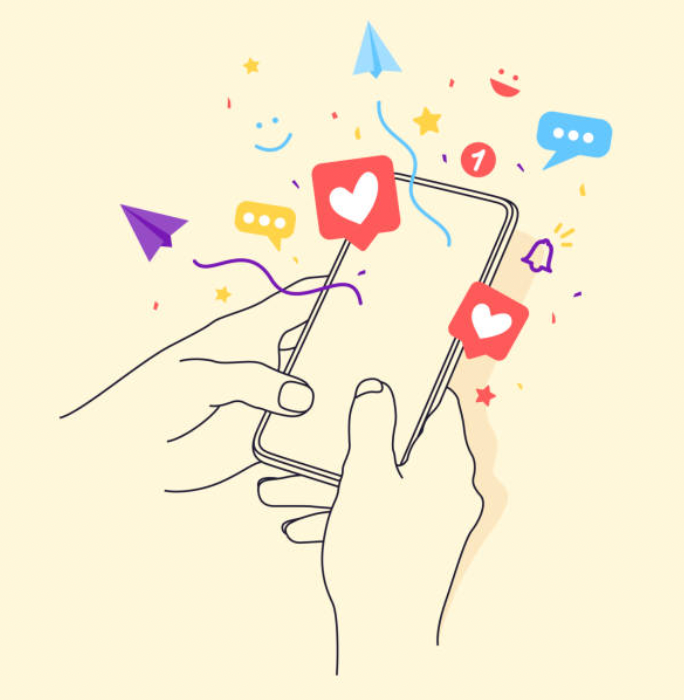
It is crucial to continue having conversations surrounding mental health. The danger of romanticizing lies in the probability of hyperbole and generalizations, not acknowledgement. There is no flawless way to identify with a condition, and there should be no shame in discussion. On the contrary; conversations that affirm and validate without apotheosizing can be extremely effective in reducing stigma. In no way does this research imply that less representation would be favorable, nor does it imply that seeking solace through social media culture is knavish. It does, however, implore that media take ownership of their representation. Paving the way passed antiquated notions of what mental health conditions are, and inquiring about authentic experiences. Like with all things, it must find the debatably elusive line between representation and glamorization.
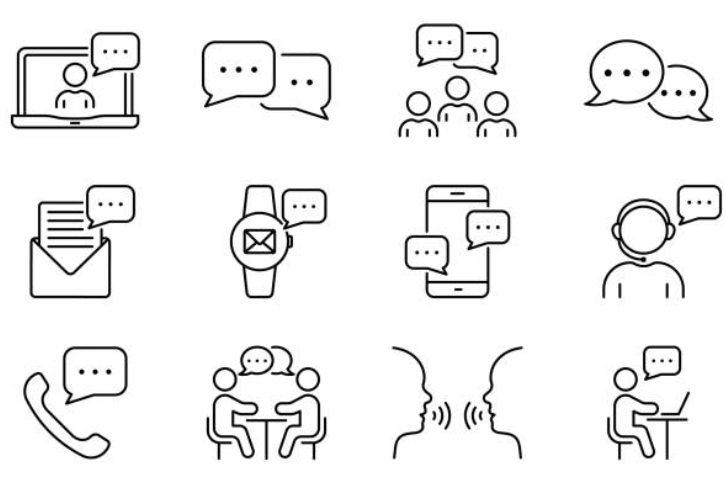
With all of the new flashy ways to align with a diagnosis, the media may permit a distortedly glamorous and potentially false narrative to take shape. Through conjectural online discourse, consumers may feel inclined to self-diagnose. This can lead to delayed treatment and appropriate care for mental health conditions. Charming characters provide a riveting, if not illusionary image to emulate, which has the potential to perpetuate harmful stereotypes. These highlight that conversations about the realities of mental health conditions are just as significant now as they ever have been. With the consumption of media being so accessible, it is paramount that content is coming from a place of empathy and understanding. A diagnosis is rarely ever one-dimensional and their confirmation can elicit many nuances in the recipient. So perhaps instead of prioritizing commercialized romantic notions, the media can prioritize supporting posts and people that have authentic help to give.
~Elena de la Fuente
Elena de la Fuente is a communications studies graduate who, when not writing, can be found reading sci-fi or playing video games.
References
https://www.hopkinsmedicine.org/news/articles/2023/08/social-media-and-self-diagnosis
https://www.sciencedirect.com/science/article/pii/S0747563220303800?via%3Dihub
https://pmc.ncbi.nlm.nih.gov/articles/PMC11032084
https://assets.uscannenberg.org/docs/aii-study-mental-health-media_052019.pdf
https://attheu.utah.edu/facultystaff/changing-the-conversation-about-mental-health/
